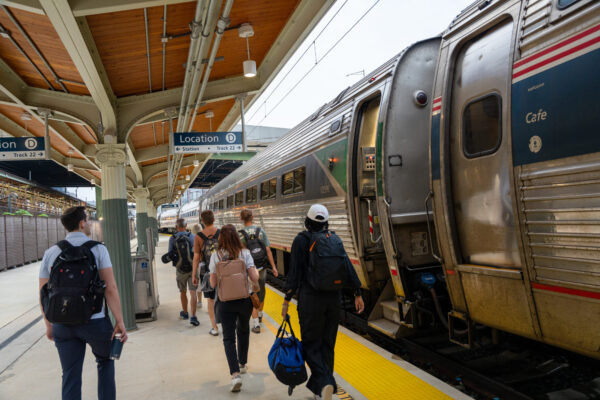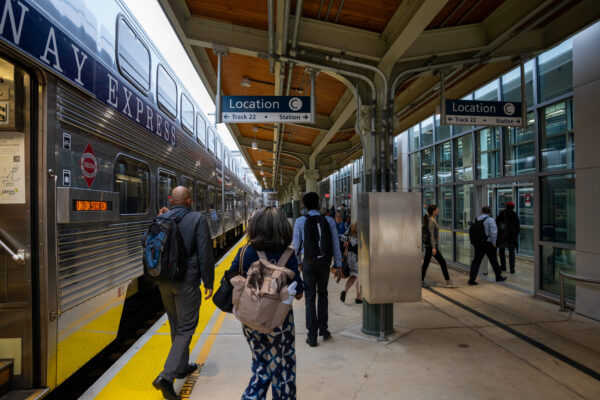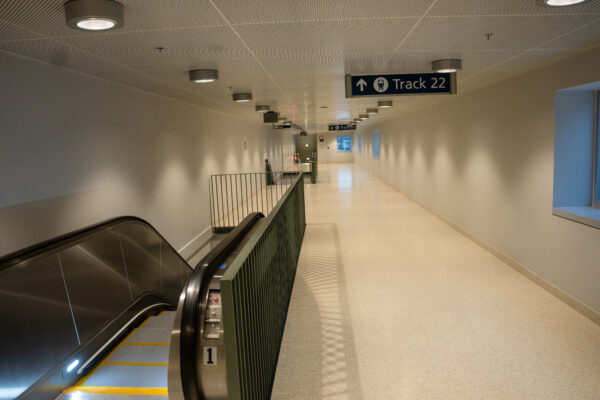New Track 22 will expand service capacity and improve reliability
WASHINGTON – Amtrak has added a new track and platform at Washington Union Station that expands service capacity and improves the overall customer experience. The new track will primarily serve VRE trains, along with Amtrak Long Distance and Amtrak Virginia trains that connect the Northeast Corridor (NEC) with dozens of destinations across the Southeast.
“As Amtrak ridership continues to break records, this investment is key to easing rail congestion and improving service reliability at Amtrak’s second busiest station, along the Northeast Corridor, and into Virginia,” said Amtrak President Roger Harris. “This is yet another example of Amtrak’s commitment to creating a safer, more reliable, and more welcoming environment at this gateway to our nation’s capital.”
“This is an exciting milestone for improved rail infrastructure in the region,” said VRE CEO Rich Dalton. “The added station and track capacity at Union Station provided by the Track 22 Project enhances the reliability and flexibility of service for all passengers moving through the station, including VRE riders. This project is a crucial part of a collaborative effort to modernize this vital transportation hub and VRE looks forward to the benefits it brings to our riders and the broader rail network.”
Track 22 is located at the lower level of Union Station and previously served as a storage track for trains, with no customer access. This project involved installing new tracks, rebuilding the platform, and rehabbing the historic columns at the 118-year-old station. The new platform and track are fully accessible for all customers, with a new hallway providing access via a new elevator, escalator, and stairs connected to the station.
Since assuming new responsibilities for day-to-day management and operations of Washington Union Station just over a year ago, Amtrak has advanced several investments to revitalize and improve operations at this iconic multimodal hub, such as adding a new ticketed waiting area that provides more seating for customers, modifying the boarding process to reduce congestion and upgrade the customer experience, advancing state-of-good-repair initiatives to improve safety, security, and maintenance of the station, and introducing new retail options.










